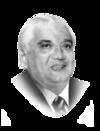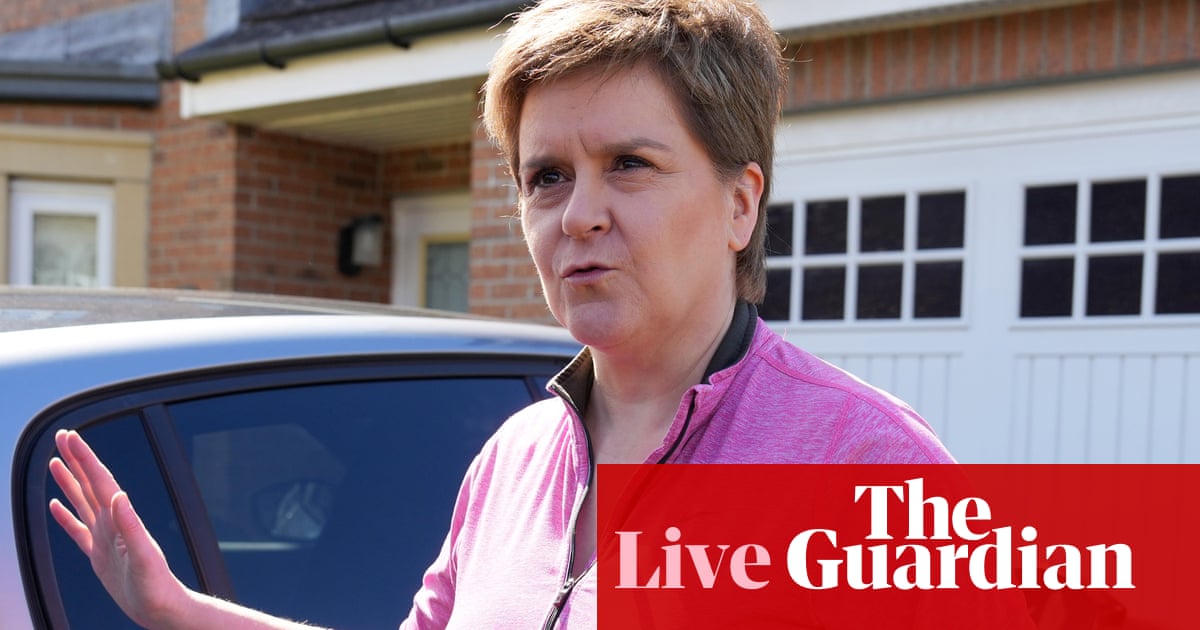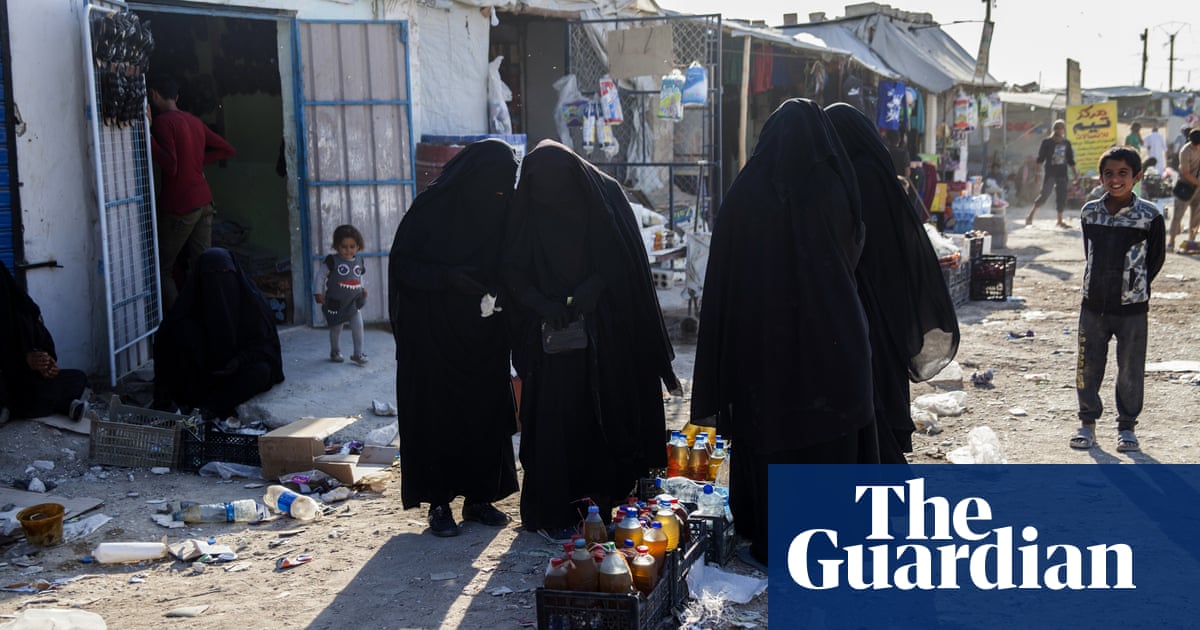
Ten years after an innocuous piece of graffiti scrawled on the walls of Deraa by some children led to fratricidal confrontations across Syria, the figures of death and destruction are mind-boggling as nearly half-a-million Syrians are now dead.
Among the dead are 12,000 children and one out of every six Syrians has had one of their parents killed or wounded.
More than half of the country’s 20 million people have been displaced, half of them refugees. In north Syria, a million displaced people live in about 1,300 camps that lack basic infrastructure — roads, water supply, or sewage facilities. More than 80 percent of the population is experiencing poverty, 12.4 million are food insecure, 15 million do not have access to clean water, and 2.5 million children are without educational facilities.
Despite this horrendous situation, the country today reflects a “politics-as-usual” situation. In early February, government forces took up positions in the countryside around Deraa, following an agreement between opposition groups and the Damascus regime that was mediated by Russia. This marks the consolidation of official forces, backed by Iran-sponsored militants, in southern Syria as a prelude to presidential elections, which are scheduled over the next two months.
The other conflict zone in Syria remains Idlib, which is home to 3 million civilians and 10,000 armed militants, most of them from the Hayat Tahrir Al-Sham (HTS). The HTS used February to further burnish its “moderate” image by arresting several leaders from the radical Hurras Al-Din (“Guardians of Faith”), which is affiliated with Al-Qaeda. Given its former ties with Al-Qaeda, several observers are skeptical about the moderate outlook of the HTS.
Turkey is still trying to get the HTS to join its 12,000-strong forces in north Syria to boost its fighting capacity against the Kurdish Syrian Democratic Forces (SDF). The SDF, backed by a US force of a few hundred, remains in control of about a quarter of Syrian territory and 80 percent of its resources, both oil and agricultural.
Here there are two areas of uncertainty: One, the approach of US President Joe Biden’s administration to Syrian affairs, including the extent of the US military commitment as well as the continuation of sanctions under the Caesar Act; and, two, future US ties with Turkey, both in terms of Turkey’s military relations with Russia and its hostility toward Kurdish aspirations in Syria.
More than half of the country’s 20 million people have been displaced, half of them refugees.
Talmiz Ahmad
While the Americans are pondering these issues, the SDF has become conscious of their dependence on the Russians to safeguard their interests. In February, this was brought home to them when Russian forces temporarily moved out of two towns in northeast Syria — Ain Issa, in northern Raqqa, and Tel Tamr, in the Hasakah countryside. That left the Kurds to face the Turkish forces on their own.
According to local observers, these were calculated moves by Russia to remind the Kurds of their security interests being tied to cooperating with Moscow. Russia opposes an independent Kurdish “homeland” and is keen to make the Kurds an integral part of a united and sovereign Syria while enjoying a degree of autonomy.
Iran has used the past month to restore its presence in the eastern Deir Ezzor province, after massive Israeli air attacks on Jan. 13, by recruiting youth from local Arab tribes to a new militia, named “the Hashemites.” Iran attaches considerable importance to its presence at Abu Al-Kamal, in Deir Ezzor province, since this town is at the Iraq-Syria border and is on the route to Lebanon, giving Iran a land corridor to the Mediterranean.
The three members of the Astana peace process — Russia, Turkey and Iran — met on Feb. 16-17 in Sochi. Though the members have different, even competing, interests in Syria, the process has remained in place for more than four years, as the three partners focus on maintaining the ceasefire and facilitating an exchange of prisoners. Due to their efforts, large-scale fighting has not occurred for more than a year, though their differences continue to aggravate tensions.
At the Sochi conclave, the partners took a low-key position on Idlib, though outside the conference the Russian diplomat called for HTS to be removed from the province. All three criticized the US for backing the SDF and firmly opposed the secessionist plans of the latter. Finally, they called on the Constitutional Committee to speed up the framing of the new constitution, a tall order given the opposition of the Assad government.
Today, while the US fumbles for a policy, it is Russia that is at the center of regional diplomacy. At the end of February, Moscow brokered an agreement between Syria and Israel that returned an Israeli woman to her country and sent two shepherds back to Syria. This agreement was capped by Israel’s agreeing to provide Syria $1 million to pay for the Russian coronavirus (COVID-19) vaccine.
• Talmiz Ahmad is an author and former Indian ambassador to Saudi Arabia, Oman and the UAE. He holds the Ram Sathe Chair for International Studies, Symbiosis International University, Pune, India.
Disclaimer: Views expressed by writers in this section are their own and do not necessarily reflect Arab News" point-of-view












